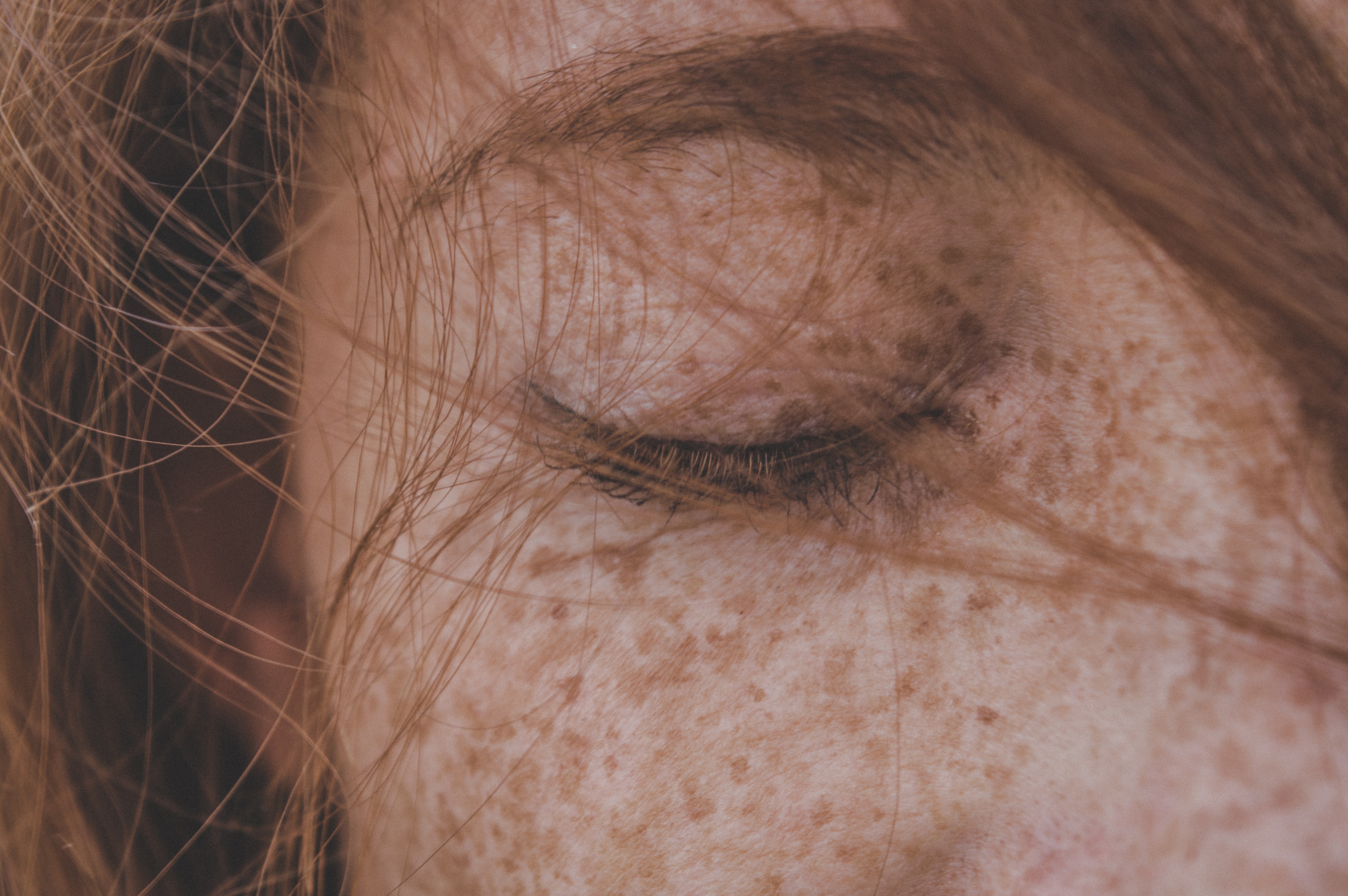Many people around the world suffer from phobias. Megalophobia is one of them. It is a fear of big things. The type of object in consideration can range from enormous ships to enormous animals to enormous sculptures. let’s find out what’s megalophobia and is it real, with us.
Phobias -Form of Mental Illness
Among all mental illnesses, phobias are among the most prevalent, and they are typically the ones that respond best to treatment. According to the root of the reaction and avoidance, phobias are categorized. Agoraphobia is the fear of being trapped in circumstances from which one cannot escape or get help.
What Does Megalophobia Mean
You might have megalophobia if the mere thought of, or actual encounter with, a large structure, car, or other item gives you great worry and panic.
This disorder also referred to as a “fear of huge objects,” is characterized by intense anxiety that is so extreme that you go to tremendous lengths to avoid your triggers. Additionally, it might be severe enough to affect your day-to-day activities.
Megalophobia shares a root cause with other phobias: anxiety. There are techniques to manage this disease, though they may need time and effort.
The Psychological Concept Of Megalophobia Explained

A phobia is an irrational, persistent fear of a certain thing, person, animal, action, or circumstance. This kind of anxiety condition exists. A person who suffers from a phobia either seeks to avoid the item that makes them anxious or suffers through it with considerable suffering. Some phobias are extremely focused and specific.
Like we can take an example of megalophobia here, it is considered one of the rarest phobias in the world hence it exists. Having a traumatic event or panic attack related to a particular object or circumstance often leads to the development of phobias. both genetics and environment. Your particular fear may be connected to your parents’ anxiety or phobia; this could be the result of heredity or acquired behavior.
How Common Is Megalophobia
Megalophobia is a distinct phobia, and it is unknown how many individuals have it. This is probably because many people with phobias like megalophobia don’t seek therapy. In general, specific phobias are a common mental health issue. In the population, phobias affect 7 to 10 percent of people.
This phobia usually consists of many unusual fears that sound weird but people are actually suffering from these kinds of fears. These include megalophobia monsters, megalophobia statues,megalophobia ships, megalophobia underwater, megalophobia ocean,megalophobia planets,megalophobia freaks, and megalophobia animals
Megalophobia Affects Whom?
Megalophobia can strike anyone at any age, just like other phobias. It is one of the specific phobias that tends to manifest itself in teens and young adults. Specific phobias are more likely to affect women than men.
Megalophobia Causes
Megalophobia’s actual cause is unknown to researchers. They claim that having a painful or unfavorable experience involving a huge object may have a role in the development of megalophobia.
Symptoms of Megalophobia
Extreme physical reactions might also be the outcome of a phobia. The following are a few signs and symptoms of a fear of large objects:
- Anxiety
- Panic attacks
- Vertigo
- Rapid breathing
- Lack of breath
- Nausea
- Shaking
- Sweating
- Upset stomach
Whatever your particular phobia is, it’s likely to result in these kinds of reactions:
- An immediate feeling of extreme fear, worry, and panic when confronted with your phobia or even just thinking about it
- Although you are aware that your anxieties are unjustified or excessive, you nonetheless feel unable to control them.
- Anxiety that worsens as the circumstance or thing approaches you in terms of proximity or time
- Avoiding it at all costs or dealing with it while experiencing extreme dread or panic
- You have trouble getting things done because of your fear.
Risk Factors of Megalophobia
These elements could raise your likelihood of developing particular phobias:
Age
Childhood is the typical time for the onset of specific phobias, however, they can also develop later in life.
Family
You are more likely to develop a particular phobia or anxiety if someone in your family already has one. Children may pick up certain phobias by watching a phobic family member react to an object or a scenario, or this could be a genetic propensity.
Personality
If you exhibit traits that are unusually sensitive, inhibited, or negative, your risk may rise.
A Bad Experience
The emergence of a particular phobia may be brought on by going through a terrifying traumatic incident, such as becoming stuck in an elevator or being attacked by an animal.
Discovering Bad Experiences
A specific phobia may arise as a result of hearing about terrible events or information, such as airline crashes.
How To Overcome Megalophobia

Today, there are a few recognized categories into which phobia treatment typically falls. The most typical form of treatment is psychotherapy, however, some patients may also benefit from medication to ease phobia-related symptoms.
Specific phobias like megalophobia can be effectively treated using a variety of psychotherapy treatments.
Therapy Using Cognitive Behavior (CBT)
The most popular is cognitive behavioral therapy, which encourages the patient to swap out their irrational thinking with more sensible ones and makes use of a number of exposure techniques.
A psychotherapist might really take the patient on a tour of their fears related to large objects. They attempt to rationally explain to the person why their worry might not be justified during the procedure. The next step is to develop a more grounded understanding of their concerns and confront the situations that their phobia has forced them to avoid.
Exposure Therapies
This can be done by flooding, which exposes the client to the feared object immediately, systematic desensitization, or a more progressive series of exposure procedures.
Although, the client is never put in any danger.
The Ending Note
It is indeed crucial to get help if you have a fear of big things or animals. Most phobias are treatable or manageable with the right care, but if left untreated, they often get worse over time. Consult your physician or a mental health expert to develop a personalized treatment plan.
FAQs
How rare is megalophobia?
Megalophobia is a specific phobia, and it is unknown how many individuals have it. This is probably because many people with phobias like megalophobia don’t seek therapy. In general, specific phobias are a widespread mental health issue. A phobia affects between 7 and 10 percent of people.
Is there a phobia of monsters?
Every night, children all over the world fear that a monster is hiding under their bed. The dread of monsters is nothing new; most adults can relate to it. In actuality, this phobia has endured down the generations and predates video games and social media.
What is the fear of monsters?
Teraphobia, or the dread of monsters, is very prevalent among young children. By the time a child enters middle school, it usually lessens during the early elementary years and is incredibly rare. The fear of monsters is a rare but possibly serious phobia that affects teens and adults.
What are the scariest creatures on earth?
Top Ten Large, Terrifying Animals are:
Japanese Spider Crab. Giant Marine Isopod, the largest known arthropod. These large predatory crabs range in size from 19 to 36 cm.
Black Flying Fox: Tarantula Hawk, Asian Giant Hornet, Goliath Bird-Eating Spider, Goliath Tigerfish, Emperor Scorpion, and Tarantula Hawk.
Is Melophobia a real thing?
Melophobia (fear of music), a little-understood but very real neurophysiological disorder, maybe the cause of your friend’s odd lack of taste. Melophobia individuals have unique physical traits that make them extremely sensitive to abrupt changes in pitch and tone.
Why are giant things scary?
Megalophobia, in the opinion of medical authorities, is not a distinct anxiety illness. Usually, the magnitude of an object only confirms our current anxieties. For instance, if a person encounters a massive submarine, they may experience a phobia of undersea man-made objects.

